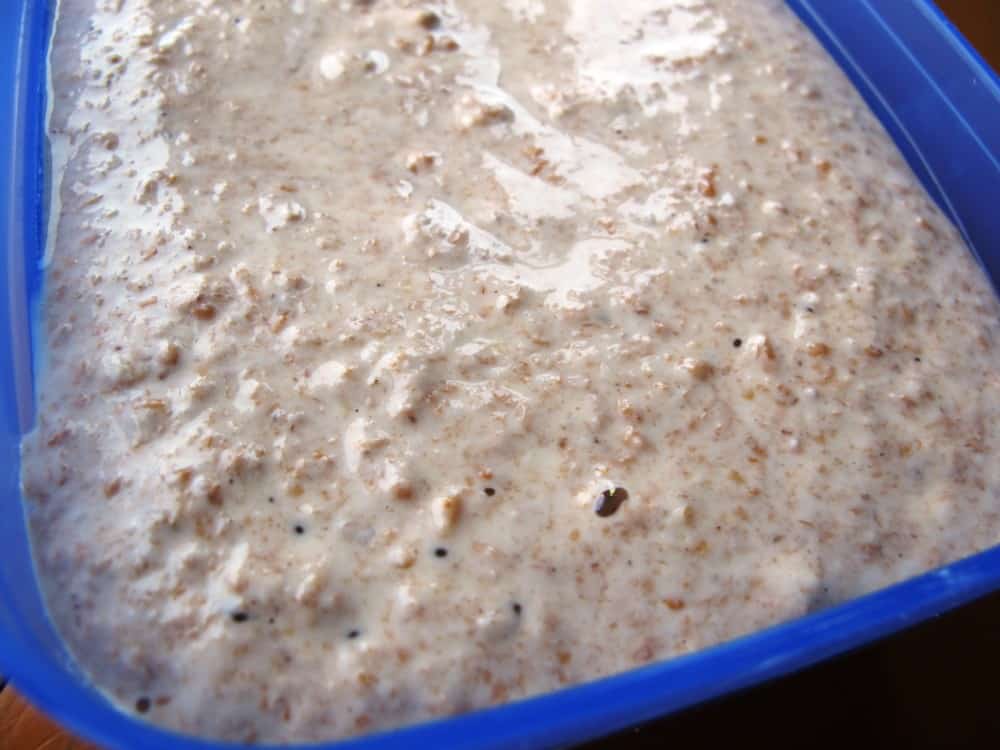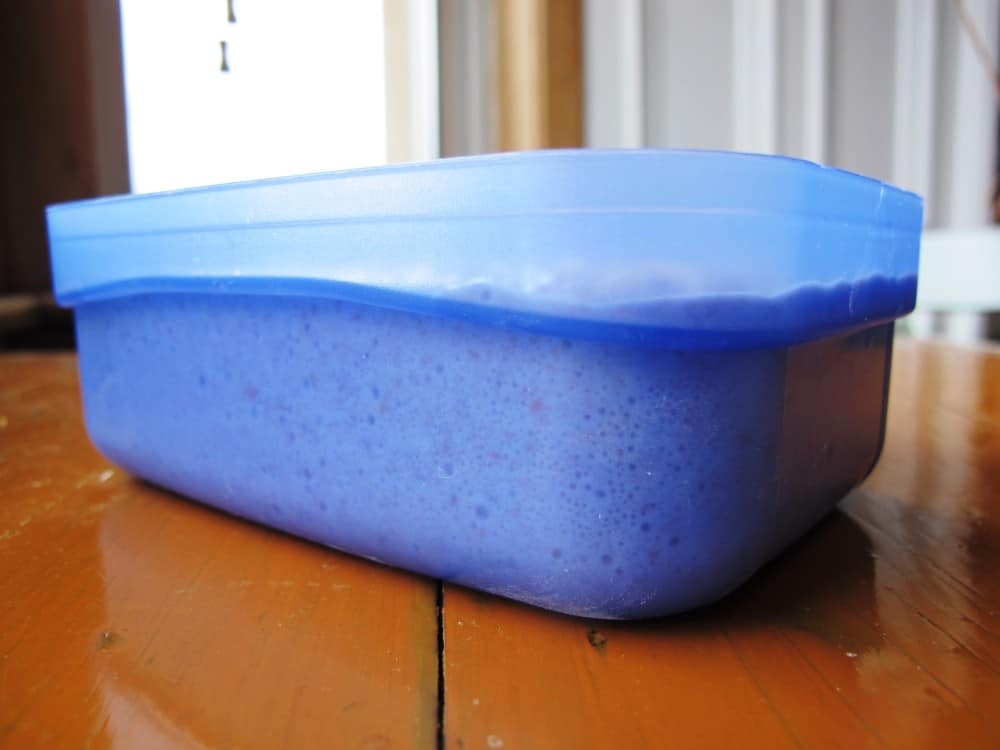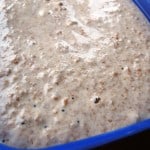I’m writing this post for a friend who has been advised to eliminate wheat and rye from her diet in favour of spelt flour. As a fellow sourdough devotee, I’ve written up this spelt sourdough starter recipe to help get the new baking routine underway.
Firstly, a few words about the humble spelt…
Evidence suggests that spelt can be tolerated by people with certain wheat intolerances and may be easier to digest. The dietary superiority of spelt flour may be due to the fact that, unlike modern wheat grains, the spelt plant has not been manipulated to meet manufacturing needs.
As an ancient grain, spelt has kept many of its original characteristics; most notably, spelt kernels grow inside a tough outer husk, making the process of de-hulling more difficult for farmers but offering natural protection from insects and disease.
Can you use spelt flour for your sourdough starter?
Luckily for #realbread bakers, spelt is one of the easiest flours to start a sourdough culture with and it should only take a few days to have a lively starter ready for baking.

Making spelt sourdough starter
The following instructions on how to to make spelt sourdough starter are taken from Andrew Whitley’s excellent books “Do Sourdough: Slow Bread for Busy Lives” and “Bread Matters: Why and How to Make Your Own”.
How to make spelt sourdough starter
Ingredients
- 150 g wholemeal spelt flour
- 200 g water
Instructions
- Day 1 & 2 –
In a plastic bowl (with lid), combine 50g wholemeal spelt flour and 100g water and mix well.
Cover with the lid and keep at a warm temperature – mid 20s (°C) if possible – for 2 days. - Day 3 –
Add 50g wholemeal spelt flour and 50g water to the mixture, mix well, cover with the lid and keep at the same warm temperature. - Day 4 –
Add 50g wholemeal spelt flour and 50g water to the mixture, combine well, cover with the lid and keep at the same warm temperature. - You will hopefully have a lively spelt sourdough culture going by day 3, but I’d recommend to complete the four-day-course.
Your spelt sourdough starter is then ready to work with. - Once it's ready, you can start using it for baking. Here is a recipe to get you started with. You'll be using 1 tablespoon of your starter for this recipe. The rest should be stored in the fridge until your next bake.
Notes
Spelt sourdough FAQs
After a few days, you might notice that there is liquid separating from the main sourdough mixture. The liquid is usually on top of your starter mixture and is called hooch which is a form of naturally occurring alcohol, a by-product of the fermentation process. It forms when your spelt sourdough starter has used all of its ‘food’ and is an indication that the starter needs to be refreshed with more flour and water.
So, what to do? Don’t discard the liquid. It is part of your starter’s hydration. Your starter may be in a very warm spot and thereby consuming its ‘food’ too quickly. You could try and move it to a cooler spot or decrease the time period in between refreshes. Either way, it’s generally good news as the desired fermentation is taking place. You may simply have to refresh your starter more quickly, and you’ll have a working starter ready for baking in no time.
To read more about this specific topic, take a look at The Pantry Mama’s post on Sourdough Starter Liquid: How To Deal With Sourdough Hooch.
In between bakes, store the starter in the fridge. You can refresh the starter according to a recipe (e.g. White spelt flour bread recipe) until you feel more comfortable baking with spelt sourdough and making up your own sourdough bread formulas 🙂
Spelt sourdough bread
Spelt has attributes similar to regular wheat in bread baking and although the gluten network in spelt is a little bit weaker and less elastic, there is enough of it to produce a loaf of good volume.
Enjoy baking with spelt flour – it’s easy to work with and spelt breads will reward you with a very agreeable sweet and slightly nutty flavour.
Here are some recipes you may want to try:

